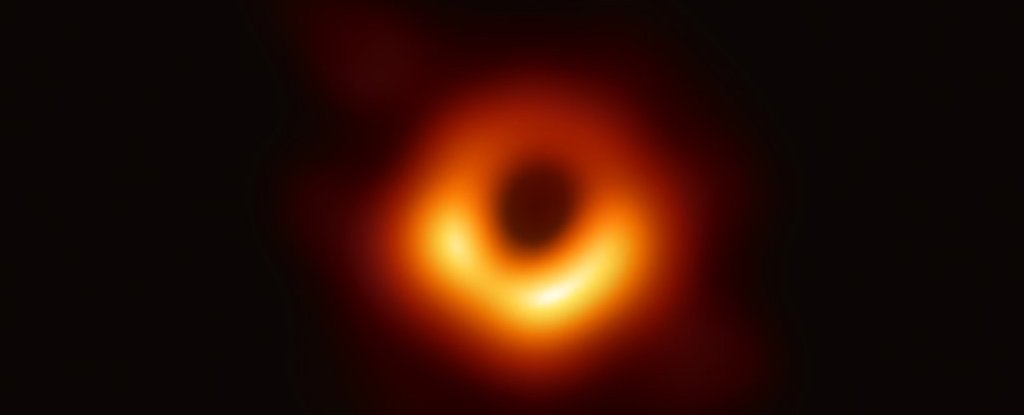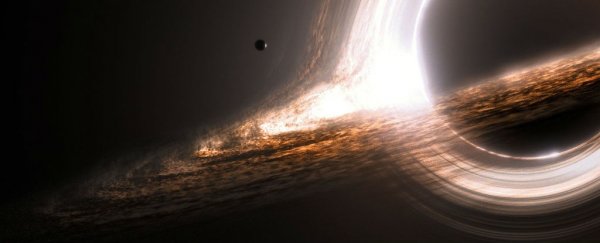Black holes are some of the most powerful and fascinating phenomena in our Universe, but due to their tendency to swallow up anything nearby, getting up close to them for some detailed analysis isn't possible right now.
Instead, scientists have put forward a proposal for how we might be able to model these massive, complex objects in the lab - using holograms.
While experiments haven't yet been carried out, the researchers have put forward a theoretical framework for a black hole hologram that would allow us to test some of the more mysterious and elusive properties of black holes - specifically what happens to the laws of physics beyond its event horizon.
One of the ultimate goals would be to help us reconcile the two theories of general relativity (large-scale physics) and quantum mechanics (small-scale physics), which are both fundamentally important to science and yet aren't in full agreement about how the Universe works.
A standout issue is the fact quantum mechanics can't explain gravity - but both gravity and quantum mechanics are needed to explain black holes. Specifically, black holes emit a strong gravitational pull. But to explain exactly what happens beyond the event horizon, scientists need to use some very strange quantum physics.
It's for this reason, physicists are eagerly searching for ways to merge the two in a potential 'theory of everything' referred to as quantum gravity.
"The holographic image of a simulated black hole, if observed by this tabletop experiment, may serve as an entrance to the world of quantum gravity," says physicist Koji Hashimoto, from Osaka University in Japan.
Key to the new idea of a black hole hologram is string theory: the idea that the elementary particles that make up the Universe, such as quarks and leptons, are made up of one-dimensional strings that vibrate at different frequencies.
One version of string theory is known as holographic duality, and it basically suggests that whatever happens inside that 'string theory' space can also be translated onto a simpler 'space' with fewer dimensions, such as an event horizon boundary.
This ties into one idea that black holes are nothing but holograms in the first place: two-dimensional surfaces that get projected into three dimensions (just like a normal hologram is).
If this was the case, it would solve some (but not all) of the tension between general relativity and quantum mechanics, because it would mean that everything that falls into a black hole doesn't actually go in anywhere but remains packed on its circular surface. No need to go into the messy 'beyond the event horizon' details.
And that's where holograms come into it. According to the researchers: a two-dimensional sphere could model a three-dimensional black hole, with light emitted at one point and measured at another in order to 'see' what's happening.
What you would be left with, assuming the right materials and lab conditions are used, is an Einstein ring – the deformation of light that can happen around a black hole due to its strong gravitational pull, as predicted by the theory of general relativity. This is known as gravitational lensing.
This deformed ring of light is actually what we saw when the first ever picture of a black hole was published. As you can see, the images resulting from the calculations of this new research, shown up at the top of the page, look somewhat similar.
 (EHT Collaboration)
(EHT Collaboration)
Unfortunately, as this is still a theoretical framework requiring a super-specific lab setup, you're not going to be able to project a black hole on your kitchen table just yet. The researchers are now hoping to find quantum material that will allow them to test their theory.
However, if we could perform the experiment, it just might help scientists match up our large-scale and small-scale understandings of the way the Universe works.
"Our hope is that this project shows the way forward towards a better understanding of how our Universe truly operates on a fundamental level," says physicist Keiju Murata, from Nihon University in Japan.
The research has been published in Physical Review Letters.
